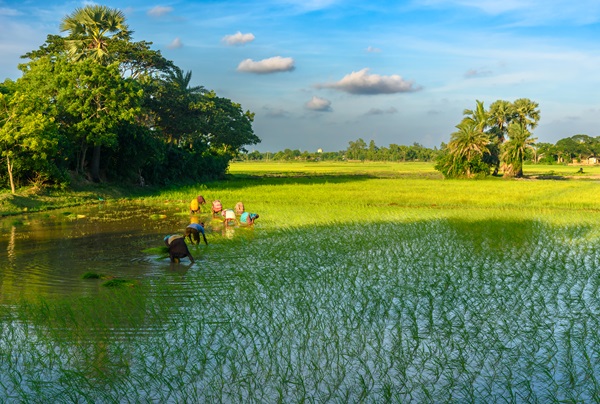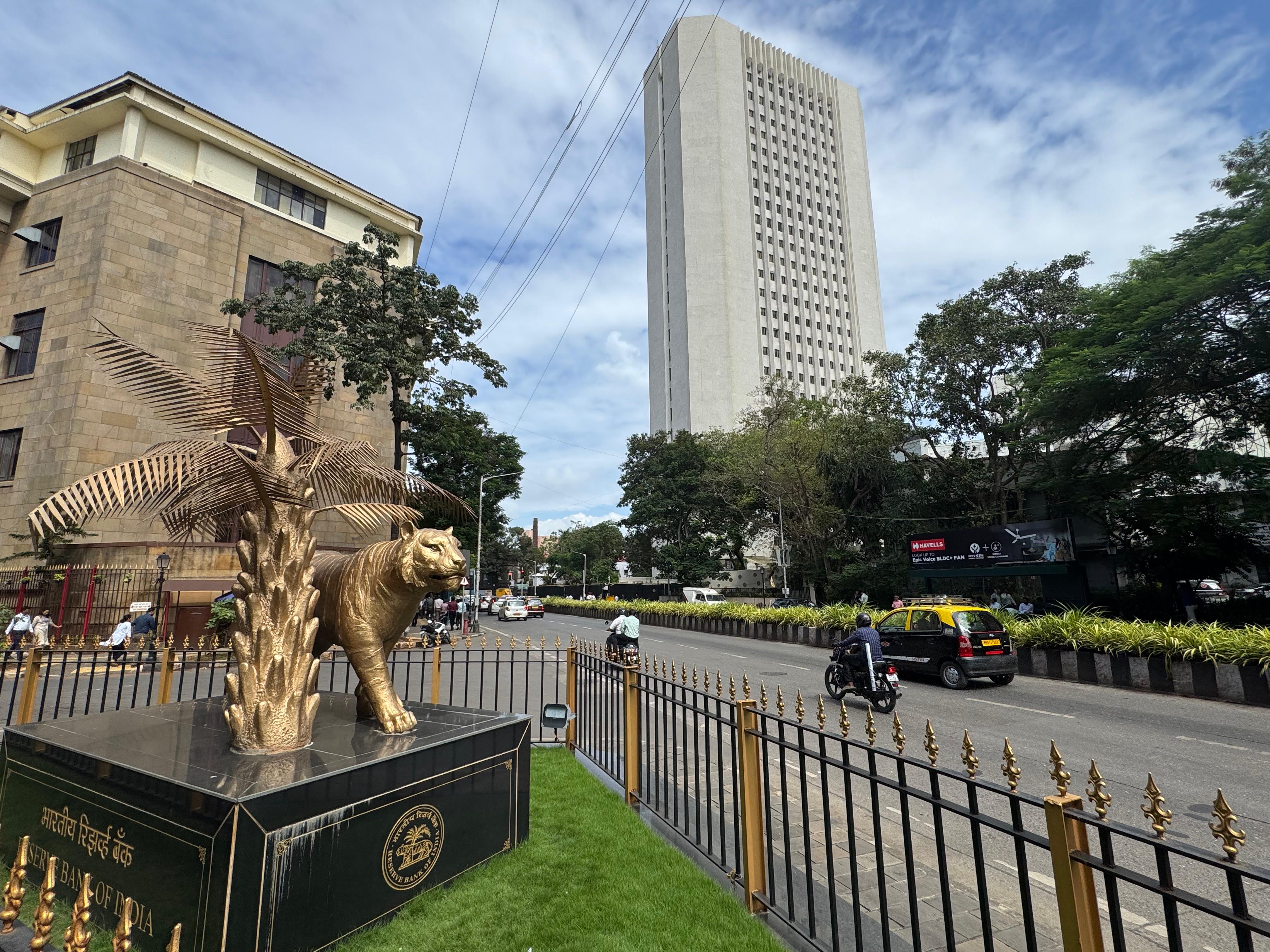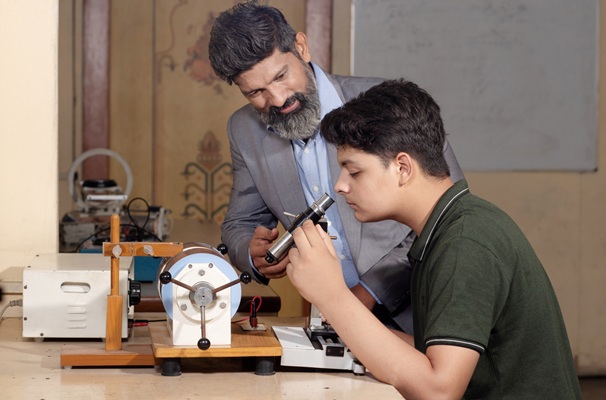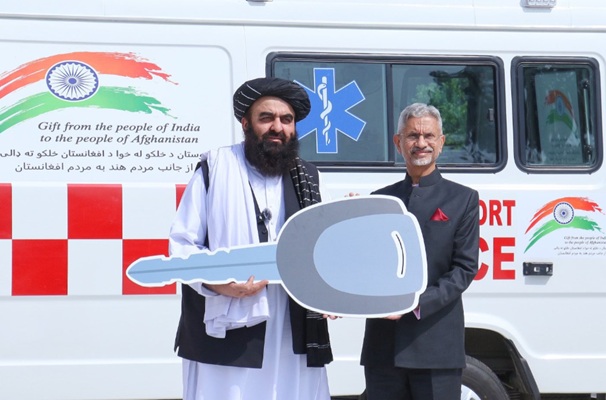.png)

By G. Chandrashekhar
Chandrashekhar is an economist, journalist and policy commentator renowned for his expertise in agriculture, commodity markets and economic policy.
October 16, 2025 at 9:12 AM IST
Even as India continues to resist US pressure to open up its agricultural market to genetically modified crops like maize and soybean, amid strong opposition from activists, a quiet technological revolution has been unfolding in rice cultivation over the past three years.
The three-decade-old technology of genetic engineering, or genetic modification, involves inserting a foreign gene into a seed to infuse traits such as pest resistance. A well-known example is Bt Cotton, in which a gene from the bacterium Bacillus Thuringiensis is inserted into the cotton seed to confer resistance to pests such as the pink bollworm.
India’s public sector research institutions have now adopted a more advanced approach to developing improved crop varieties. Called genome editing, this technology does not involve the introduction of a foreign gene; instead, it edits the genes of existing varieties to produce desired traits.
Over the last two years, genome-edited rice varieties , DRR Dhan 100 (Kamala) and pusa rice DST 1, have been developed from public sector-bred parent varieties, BPT 5204 and MTU 1010, respectively, through indigenous efforts.
According to the Ministry of Agriculture and Farmers Welfare, experiments and field trials have yielded excellent results and helped save inputs such as water and fertilisers.
The genome-edited variety DRR Dhan 100 yields 20-25% more grain and matures 20-25 days earlier than Samba Masuri, performing well with just 50% of the recommended fertiliser dose.
Similarly, Pusa Rice DST 1 has shown strong tolerance to coastal and inland salinity. Both varieties help conserve water and fertilisers, making them suitable for stress-prone ecologies and potential game changers for sustainable agriculture.
Moreover, the new varieties are climate-resilient. While DRR Dhan 100 saves one or two irrigation events due to its early maturity and shows moderate drought tolerance, Pusa DST 1 demonstrates strong tolerance, yielding 10-30% more than its parent variety under saline or alkaline conditions.
The two varieties are expected to be ready for all major rice-growing states in the southern, central and eastern parts of the country.
These promising rice varieties have been developed using CRISPR-Cas genome editing technology. CRISPR, short for “clustered regularly interspaced short palindromic repeats,” is a tool that scientists use to selectively modify the DNA of living organisms. It was adapted for laboratory use from naturally occurring genome-editing systems found in bacteria.
Although this technology is under intellectual property protection, patent holders have permitted its use for research purposes. Commercialisation, however, can only proceed after obtaining a licence, which may take a few years.
India has a well-established regulatory framework for approving Genetically Modified Organisms under the Rules for the Manufacture, Use, Import, Export and Storage of Hazardous Microorganisms/Genetically Engineered Organisms or Cells, 1989, established under the Environment (Protection) Act, 1986.
Each GMO application is evaluated on a case-by-case basis through a detailed assessment of health, environmental, food, and feed safety, following prescribed scientific guidelines and standard operating procedures.
India is the world’s second-largest producer of rice, after China. Production has been gradually increasing over the last decade, from 104.4 million tonnes in 2015-16 to a record 149.1 million tonnes in 2024-25. The production target for 2025-26 is 151 million tonnes.
The planted area has stagnated at 44-45 million hectares, while yield has remained in the 2,700-2,800 kilogrammes per hectare range. However, inter-state yield differences are stark. India can lift yields in low-productivity regions through the adoption of advanced seed technologies that also help address the key challenges confronting Indian agriculture in general, and rice cultivation in particular, such as land constraints, water scarcity and climate change.




